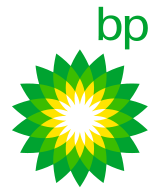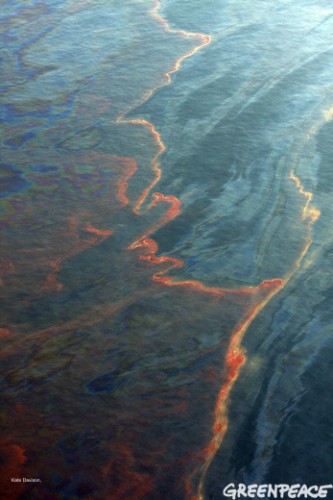The aesthetics of ecological (dys)function
We are now into the 10th week of one of the greatest environmental disasters in world history. I’ve been spending some time thinking about the long term environmental consequences of the spill, the potential social and political consequences regarding energy policy, and what elements of my personal life and professional life are likely to dramatically change with the advent of peak oil. In the midst of the crisis I’ve turned to visual information to bring about a more visceral understanding of what’s transpired. I’ve spent hours digesting NYT’s sophisticated info graphics regarding the spill and recovery efforts in order to undertand the event intellectually. As always though its the dramatic photographs of the event and the visual depictions of the physical environmental and social impact that get my blood burning and stomach churning with fear, regret, fascination and various emotions.
There is certainly a deep and growing fascination with imagery depicting environmental disaster and Exit Art’s ECOAESTHETIC: The Tragedy of Beauty exhibition is a timely contribution to this thread.
“The Tragedy of Beauty will focus on photography of land where the tragedy of the image becomes the aesthetic of the environment. The artists in this exhibition do not have a passive engagement with the environment; rather, they seek out beautiful and tragic images to emphasize the human impact on fragile ecosystems, to elucidate our relationship to nature, and to visualize the violence of natural disasters.”
The current natural disaster certainly has produced some compelling imagery.
Workers in dressed in protective clothing clean the oil from the beach as sun bathers sit in beach chairs oblivious to the work on Orange Beach, in Alabama June 10, 2010. Oil from the Deepwater Horizon wellhead in the Gulf of Mexico has started reaching the beaches in Alabama, Mississippi and Florida. The BP leased Deepwater Horizon oil platform exploded April 20 and sank after burning, leaking record amounts of crude oil from the broken pipeline into the sea. Photo © Jose-Luis Magana/Greenpeace.
…and there is sure to be much more as we collectively begin to process this event and its impact on all of our lives.
But what is it exactly that fascinates or repulses us about beautiful images of environmental destruction? I’m wondering if its the cognitive dissonance between what we see in the picture: beautiful shapes or colors…
….and what we know about the underlying processes that generates the image – environmental destruction.
My sense is that humans have not yet developed a sophisticated enough visual langage to be able to decode or discern the difference between beauty and ecological dysfunction.
Global corporations like BP are eager to take advantage of this inability to discern beauty from destruction. Thus the multimillion rebranding that BP underook several years ago that transformed thier previous visual identity: British Petrolium
into Beyond Petrolium…

I’m always struck by how the use of a vibrant nature color pallette now seems associated with some of the most dangerous and destructive corporations on the planet. Case in point: a screen shot from Monsanto Corporation’s website.
And so it seems quite appropriate that the design and activist community is now engaging in a participatory rebranding of BP in attempt to dispell the dissonance between the company’s visual identity and its role in earthly destruction. Here’s an example of one of the submissions from Greenpeace UK’s design competition.
Alas…its far too easy to blame the corporations or the government for their actions. But were it not for our collective dependence upon the oil extracted from ever deeper, more difficult places we’d not be in this mess.
Perhaps we’ll submit an entry ” I support BP!” through the gas in my car, the rubber in my sneakers, the peterolium used to grow the corn in my tortilla. We are inextricably linked.
What hope lies for a way out of this mess? Rebar took part recently in a very interesting design competition organized by architect Robert Ferry and artist Elizabeth Monoian, the Land Art Generator Initiative.
“The UAE Land Art Generator Initiative (LAGI) is a landmark initiative to bring together artists, architects, scientists, landscape architects, and engineers in a first of its kind collaboration. The goal of the Land Art Generator Initiative is to design and construct a series of land art installations across the UAE that uniquely combine aesthetics with clean energy generation. The LAGI viewing platforms will be tourist destinations that draw people from around the world to experience the beauty of the collaborative art creations here in the United Arab Emirates. At the same time, the art itself will continuously distribute clean energy into the electrical grid with each land art sculpture having the potential to provide power to thousands of homes in the UAE.”
Rebar collaborated with a team of solar and wind engineers to produce our competition entry. Over 400 entries have been submitted and should be an inspiring collection of fresh approaches to reconnecting art practice with something as fundamental to our everyday lives as where our power and energy come from.







